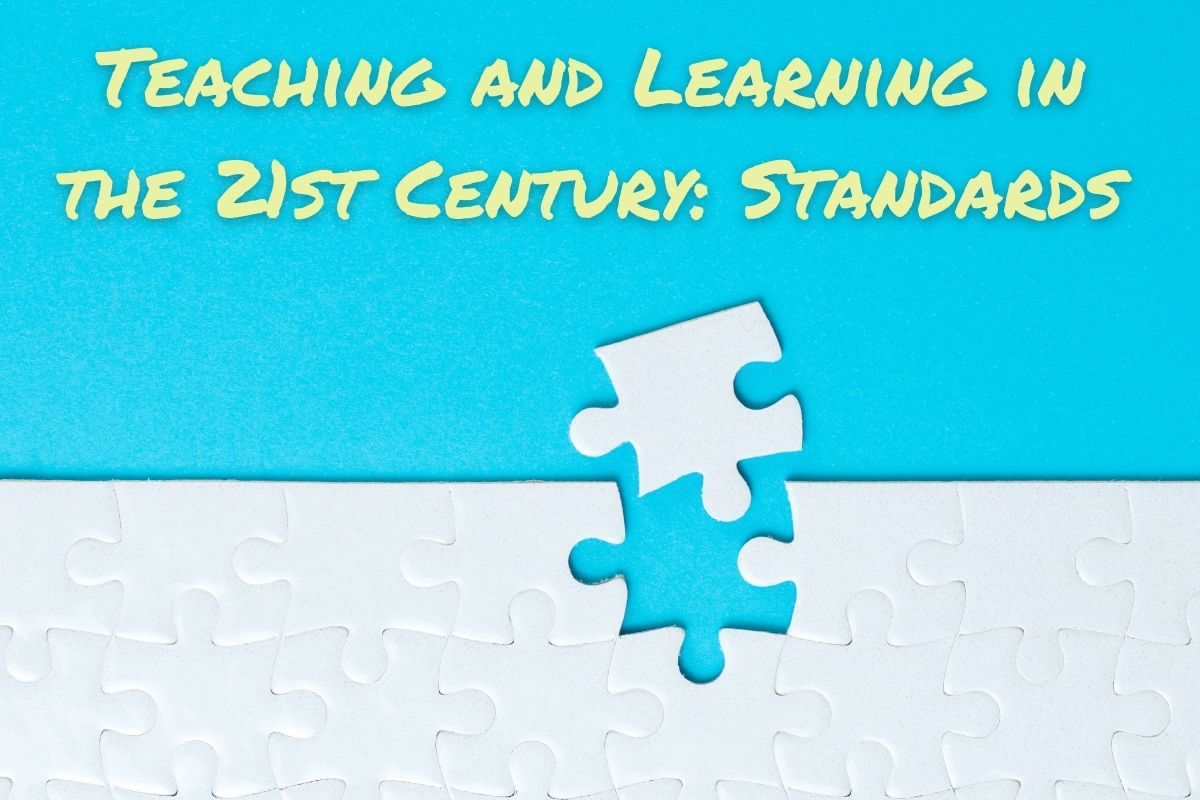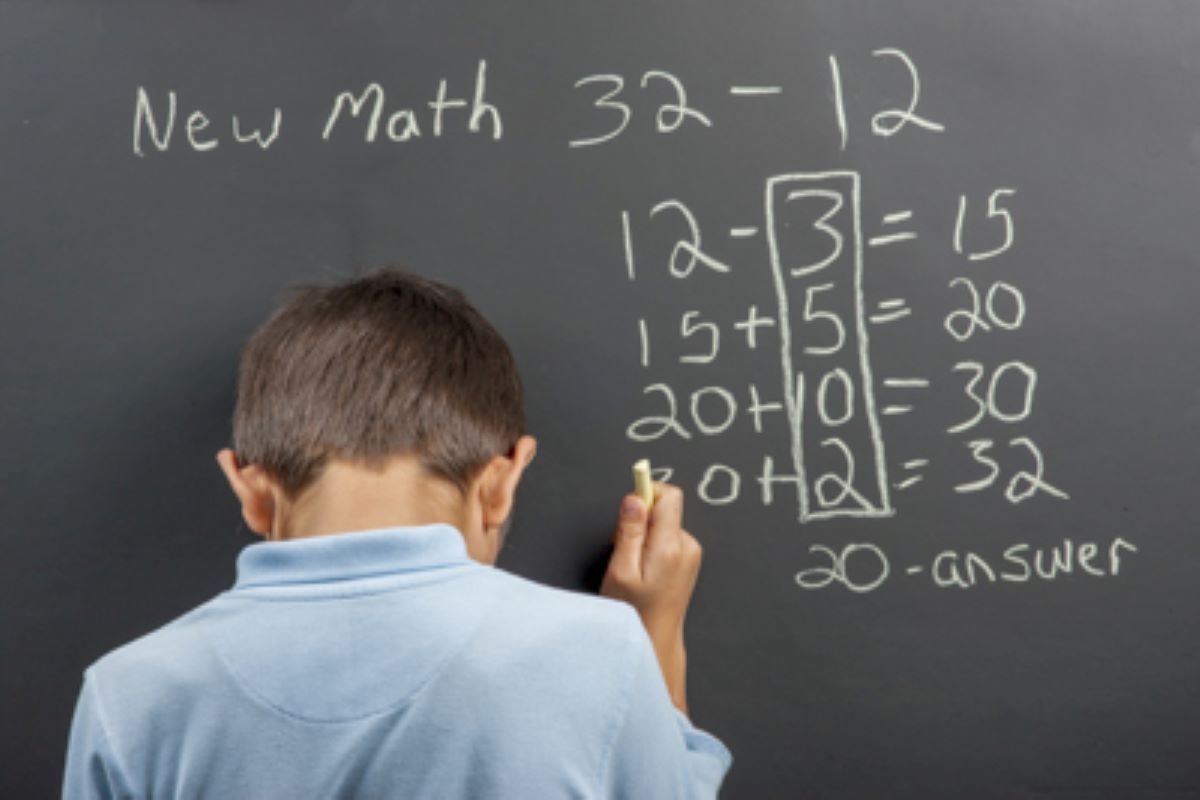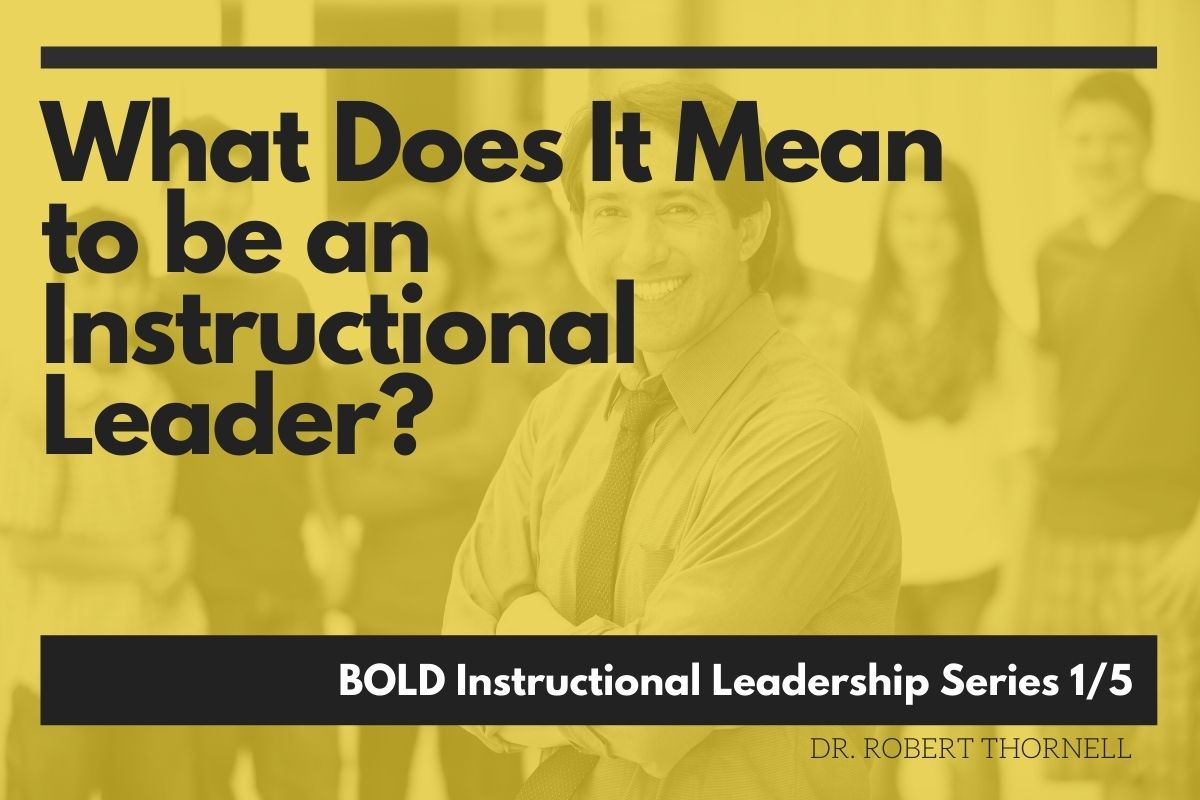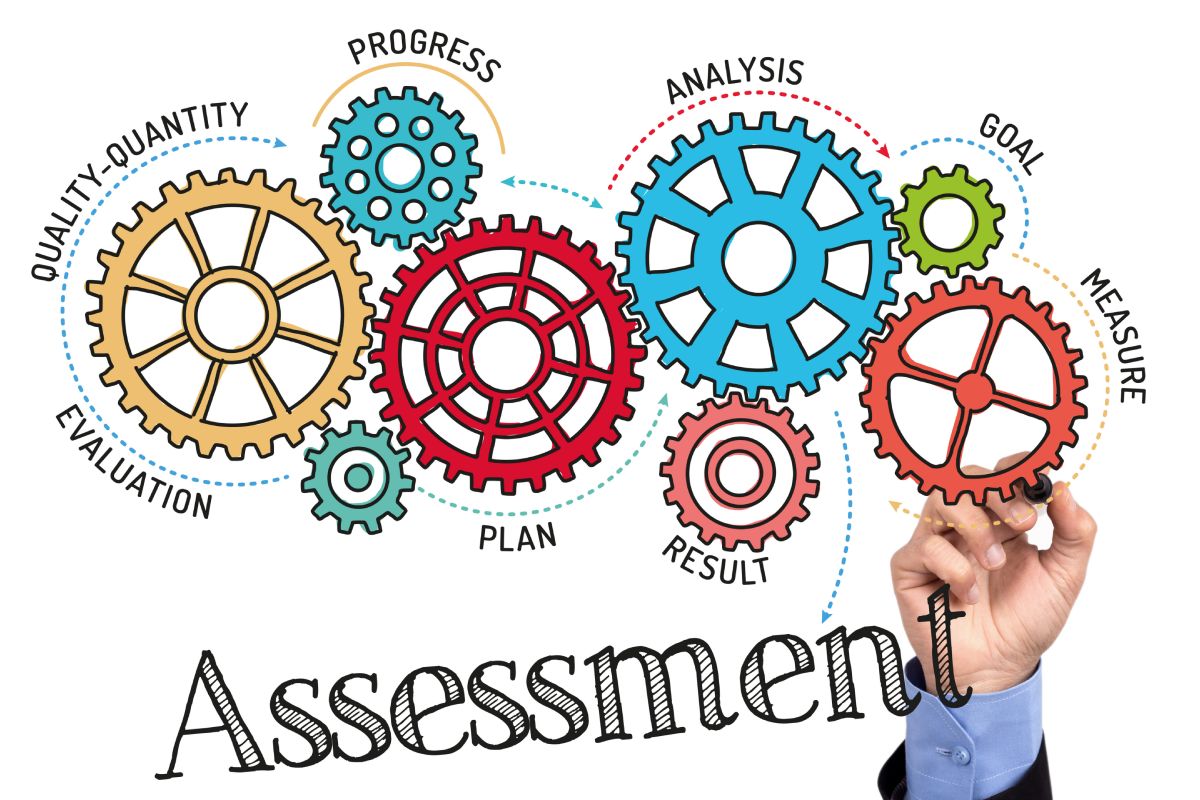Teaching and Learning in the 21st Century: Standards

Standards. Learning outcomes. Expectations. Goals. Targets. Objectives. Whatever you may call them, your work as an educator is directly related to having a clear understanding of what you want your students to be able to understand or do by the end of instruction—whether that “end” is the end of the lesson, the end of the unit, or the end of the course. (For the purposes of clarity, I will just refer to them as “standards.”)
While the formal push for standards-based education has only been around for a few decades, it is worth noting that teachers have always had standards for their students. What is a standard? The Common Core State Standards Initiative defines standards as “clear, consistent guidelines for what every student should know and be able to do” which also “provide a way for teachers to measure student progress throughout the school year and ensure that students are on the pathway to success.”
I have long had a fascination with word origins and how terms have changed over time. Going back to the 12th century, according to the Online Dictionary of Etymology, a “standard” was the banner on a pole used in military engagements to identify the rallying point for armies to gather. (The standard-bearer had the crucial role of holding their position; if the standard fell, it could cause confusion and chaos.) It wasn’t until the mid-1500s that the word “standard” became associated with “authoritative or recognized exemplar of quality or correctness” and it took another 150 years before the sense of a standard being a “definite level of attainment” became common. When I think about this word origin, I cannot help but think about the role of a teacher as the standard-bearer in the classroom. We hold the ground and provide a focal point for all students to help them know what they are supposed to be doing and why they are supposed to be doing it. When students start to struggle, we are the ones who help them rally. We provide hope by holding aloft the goal of education.
So what makes something a standard, anyway? Dr. David M. Schmittou, professor of Educational Leadership at Central Michigan University, is fond of proclaiming that “a standard is only a standard if it is standard” (2020, p. 9). To put another way, a learning outcome is only a standard in education if everyone agrees to it. This can get murky when a standard is unclear. Fortunately, the standards movement in the United States (and in other nations, too) have provided considerable clarity.

Consider this grade four Common Core State Standard for Mathematics: “Fluently add and subtract multi-digit whole numbers using the standard algorithm” (CCSS.MATH.CONTENT.4.NBT.B.4). Some may ask, “Okay, but what is meant by “multi-digit whole numbers?” The standards have a clarifying statement: “Grade 4 expectations in this domain are limited to whole numbers less than or equal to 1,000,000.” Compare this to a similar grade four mathematics expectation from Ontario, Canada: “Represent and solve problems involving the addition and subtraction of whole numbers that add up to no more than 10,000 and of decimal tenths, using appropriate tools and strategies, including algorithms” (Mathematics, Grade 4, B2.4).
From these two standards, it is clear that a commonly held learning outcome for a fourth grade child is to be able to perform addition and subtraction of multi-digit whole numbers using algorithms. By using the principles of backwards design (Wiggins & McTighe, 2005), we can begin to plan instruction around this standard. Knowing what students need to be able to do, we next think about how they are going to demonstrate mastery. For all the negative talk about “teaching to the test,” educators sometimes forget that there is nothing wrong about teaching to the test–as long as it is a valid assessment of student learning! Using the multi-digit addition and subtraction standard as an example, I may design an assessment around a combination of computation and extended responses that allows students different ways to show what they know and what they have learned.
Once I have my assessment designed, I can then begin looking at my curriculum materials and other resources to determine how best to prepare them for success. It is only then, that I will be ready to, finally get to the work of actually teaching, using a combination of whole-class instruction, modeling, targeted instruction for small groups, interventions, enrichment, and independent practice. All along the way, both my students and I, know exactly what the objective is, what the path is, and how we are planning on getting there.
But it all starts with the standard. What is your flag in the ground?
If you are new to the world of academic standards, this can be a daunting task to take on, especially if we try to do it all at once. However, if we approach the task the same way that Hedreich Nichols suggests, that is, in small bites, it becomes much more manageable. With that in mind, here are a few simple steps you can take to raise your standard, to plant your proverbial flag in the ground:
1. Start with one content area. Pick three to five core standards that will be your focus for all instruction.
2. Be unrelenting in your focus. For every decision you make, ask yourself this question: “How will this action bring us closer to our goal?”
3. Find support. It can be hard, if not downright impossible, to go it alone. Make sure you have the support of your administrators, your students, your families, and at least some of your colleagues. Reach out on social media to find others who will support you. (There are an abundance of Twitter chats and Facebook groups dedicated to this issue.)
4. Be prepared to make mistakes. Give yourself grace and give yourself permission to change course, so long as that course continues to bring you closer to your goal.
Let’s finish where we started: your work as an educator is directly related to having a clear understanding of what you want your students to be able to master. understand or do by the end of the class, whether that “end” is the end of the lesson, the end of the unit, or the end of the course. That is all that standards are. In a 21st century world of instant access to content and engaging media, we can no longer afford to say to our students, “Just trust me, you’ll need this in the future!” The future is now. How will you facilitate learning so that your students are mastering the standards and achieving academic success? Start with the end goal and start planning backward. You’ll get them there, I promise!
This article is available and can be accessed in Spanish here.
Schmittou, D. M, (2020). Making assessment work for educators who hate data but love kids. EduMatch Publishing.
Wiggins, G., & McTighe, J. (2005). Understanding by design. ASCD.









